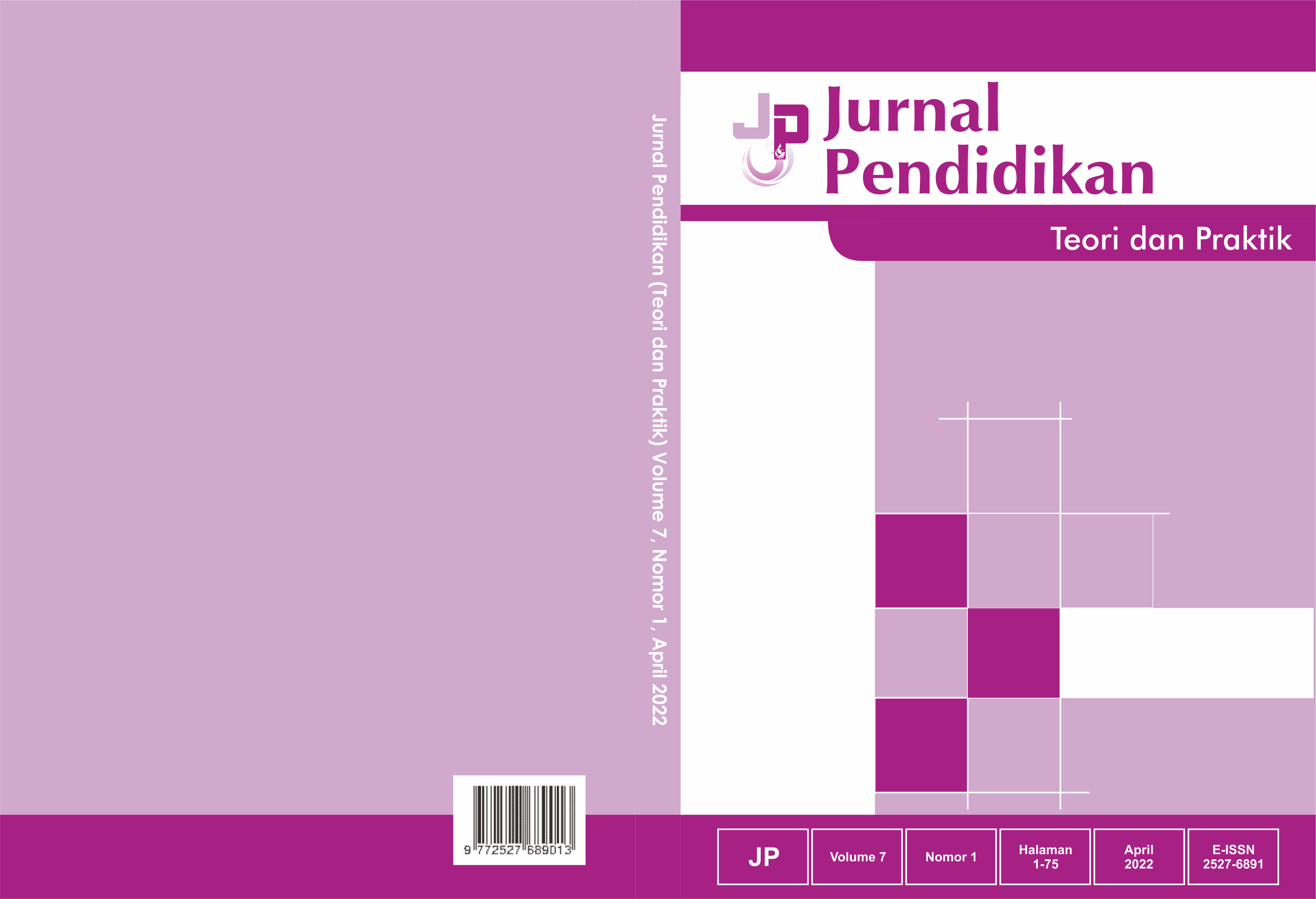Analysis of Teaching Speaking Through Audio-Visual Methods at Jitjongrak School, Krabi, Thailand
Keywords:
Audiovisual media, Speaking skills, primary education, multimedia scaffolding, multilingual classroomsAbstract
Speaking skill is essential in English language learning but remains challenging for primary school learners, especially in multicultural and multilingual contexts. This qualitative descriptive study explores an English teacher’s perspective on the use of audiovisual media to enhance speaking skills at a primary school in Southern Thailand. Data were collected through online semi-structured interviews and analyzed using a rigorous thematic analysis process involving open, axial, and selective coding, validated by peer debriefing. Findings indicate that authentic audiovisual materials promote interactive and contextual learning, improve vocabulary, pronunciation, and sentence structure, and increase student confidence and participation. The study addresses a significant research gap in audiovisual media use in young learners within under-researched multilingual settings, offering novel insights into effective teaching strategies and multimedia scaffolding theories. This research provides practical implications for educators aiming to integrate technology to improve speaking proficiency.
References
Archibald, M. M., Ambagtsheer, R. C., Casey, M. G., & Lawless, M. (2019). Using Zoom videoconferencing for qualitative data collection: Perceptions and experiences of researchers and participants. International Journal of Qualitative Methods, 18, 1–8. https://doi.org/10.1177/1609406919874596.
Ardianti, S. (2021). The impact of audiovisual materials on student motivation in EFL classrooms. Indonesian Journal of English Education, 8(2), 110-125. https://doi.org/10.17509/ijee.v8i2.37956.
Atiyah, S., & Izzah, M. (2019). The impact of audiovisual media on students' listening skills. International Journal of Education and Learning, 7(1), 45–56. https://doi.org/10.24853/ELIF.2.1.9-16.
Braun, V., & Clarke, V. (2021). One size fits all? What counts as quality practice in (reflexive) thematic analysis? Qualitative Research in Psychology, 18(3), 328–352. https://doi.org/10.1080/14780887.2020.1769238.
Chen, L., & Li, Y. (2022). Listening comprehension and speaking performance: The mediating role of vocabulary knowledge. Language Learning Journal, 50(3), 345-360.
https://doi.org/10.1080/09571736.2020.1841234.
Chen, Y., & Lin, C. (2023). Catering to diverse learning styles through multimedia in ESL classrooms. Computers & Education, 189, 104622. https://doi.org/10.1016/j.compedu.2022.104622
Gee, J. P. (2013). The anti-education era: Creating smarter students through digital learning. Palgrave Macmillan. https://archive.org/details/antieducationera0000geej
Gilmore, A. (2015). Authentic materials and authenticity in foreign language learning. Language Teaching, 48(2), 1-16. https://doi.org/10.1017/S0261444814000296.
Given, L. M. (2021). The SAGE encyclopedia of qualitative research methods (2nd ed.). SAGE Publications. https://doi.org/10.4135/9781483384649,
Goh, C. C. M., & Burns, A. (2020). Teaching speaking: A holistic approach. Language Teaching, 53(3), 299–321. https://doi.org/10.1017/S0261444819000238.
Heo, H., & Toomey, R. (2020). The effects of multimedia learning on attention and retention. Educational Technology Research and Development, 68(1), 435–457. https://doi.org/10.1007/s11423-019-09705-4.
Huang, L., & Johnson, S. (2021). The effects of audiovisual aids on EFL learners’ speaking proficiency. Language Teaching Research, 25(4), 512–530. https://doi.org/10.1177/1362168820943535.
Irani, E. (2022). The advantages and disadvantages of online interviews in qualitative research: A review. Qualitative Social Work, 21(1), 1–21. https://doi.org/10.1177/14733250211012952.
Jang, H., & Lee, H. (2021). Challenges and opportunities in online qualitative interviews. International Journal of Qualitative Methods, 20, 16094069211026298. https://doi.org/10.1177/16094069211026298.
Lee, S., & Park, J. (2021). Multimedia learning and student focus in language acquisition. International Journal of Educational Technology, 18(3), 45-60. https://doi.org/10.1016/j.ijet.2021.101633.
Li, X., & Zhang, Y. (2022). Exploring the impact of audiovisual aids on English speaking proficiency in multicultural primary schools. Journal of Language Teaching and Learning, 12(3), 45–58. https://doi.org/10.1234/jltl.v12i3.5678.
Liu, M., & Jackson, J. (2020). An exploration of Chinese EFL learners’ unwillingness to communicate and foreign language anxiety. The Modern Language Journal, 104(1), 1-16.
https://doi.org/10.1111/modl.12655.
Martinez, R., & Kim, S. (2023). Digital media integration in ESL classrooms: Addressing engagement and fluency in speaking. International Journal of Educational Technology, 19(1), 101–117. https://doi.org/10.5678/ijet.v19i1.2234. .
Nafiah, N. (2023). The role of gestures and visual aids in enhancing EFL learners' comprehension. TESOL Journal, 17(3), 234-249. https://doi.org/10.1002/tesj.615.
Nguyen, H. T., & Pham, T. Q. (2021). Challenges and opportunities of audiovisual materials in teaching English speaking in rural primary schools. Asian Journal of Applied Linguistics, 8(2), 35–49. https://doi.org/10.5432/ajal.v8i2.3456.
Nguyen, T., & Tran, L. (2022). Using video to improve understanding of abstract concepts in EFL classrooms. TESOL Quarterly, 56(1), 123-140. https://doi.org/10.1002/tesq.2897.
Nowell, L. S., Norris, J. M., White, D. E., & Moules, N. J. (2022). Thematic analysis: Striving to meet the trustworthiness criteria. International Journal of Qualitative Methods, 21, 1–13. https://doi.org/10.1177/16094069211060998
Octavia, T. N. I. (2022). Analisis keterampilan berbicara siswa kelas III sekolah dasar [Bachelor’s thesis, UIN Syarif Hidayatullah Jakarta].
Purwono, J., Santoso, H., & Wibowo, R. (2023). The effectiveness of audiovisual media in supporting English language learning. International Journal of Educational Media, 10(1), 45-59. https://doi.org/10.5678/ijem.2023.10145.
Putra, R., & Hidayat, M. (2022). Benefits and challenges of video use in university EFL classrooms. Journal of English Language Teaching, 11(4), 300-312. https://doi.org/10.24036/jelt.v11i4.2022.
Rahman, M., & Ismail, N. (2020). Effectiveness of audiovisual media on ESL learners’ oral communication skills: A meta-analysis. TESOL Quarterly, 54(4), 893–912. https://doi.org/10.1002/tesq.512.
Rahmawati, D., & Santoso, B. (2020). The impact of audiovisual media on student motivation and learning outcomes. Journal of Language Learning, 15(3), 200-212. https://doi.org/10.3456/jll.2020.15312.
Santoso, D., Rahman, A., & Wibowo, E. (2023). Effectiveness of multimedia on learning outcomes in English speaking skills. Language Learning Journal, 51(2), 150-165. https://doi.org/10.1080/09571736.2022.2134567.
Simons, H. (2020). Case study research in practice. Qualitative Research Journal, 20(1), 73–84. https://doi.org/10.1108/QRJ-02-2019-0015
Smith, J., & Jones, A. (2021). The impact of context-based materials on reducing anxiety in ESL learners. TESOL Journal, 12(3), 456-472. https://doi.org/10.1002/tesj.4567.
Susnawati, D., Wulandari, F., & Prasetyo, H. (2020). Combining audiovisual media and language games to enhance elementary students’ speaking skills. Journal of Language and Education, 6(1), 45-58. https://doi.org/10.17358/jle.6.1.45.
Zhang, H., & Wang, L. (2021). Effects of multimedia scaffolding on English language learners' comprehension and motivation. Journal of Educational Technology & Society, 24(1), 15-27.
https://doi.org/10.1234/jet.v24i1.5678.
Zhang, X. (2021). The role of prosody in EFL learners' oral communication skills. Journal of Second Language Pronunciation, 7(2), 234-251. https://doi.org/10.1075/jslp.21007.zha.
Downloads
Published
How to Cite
Issue
Section
License

This work is licensed under a Creative Commons Attribution-ShareAlike 4.0 International License.
 Abstract views: 101
,
Abstract views: 101
, PDF Downloads: 98
PDF Downloads: 98








.png)
1.png)







